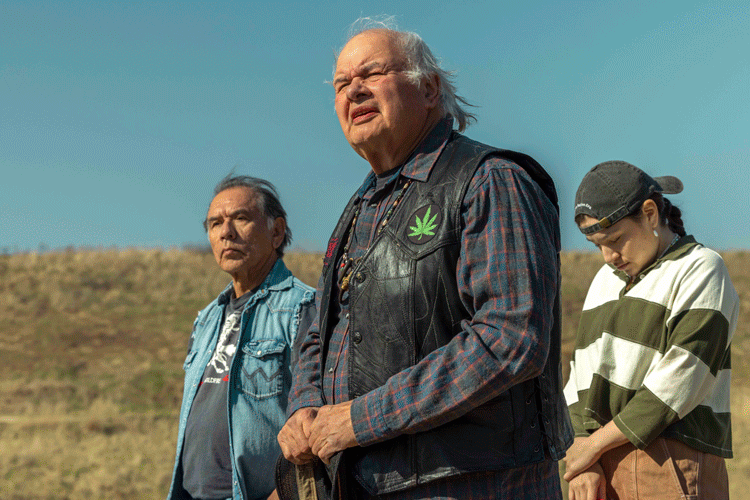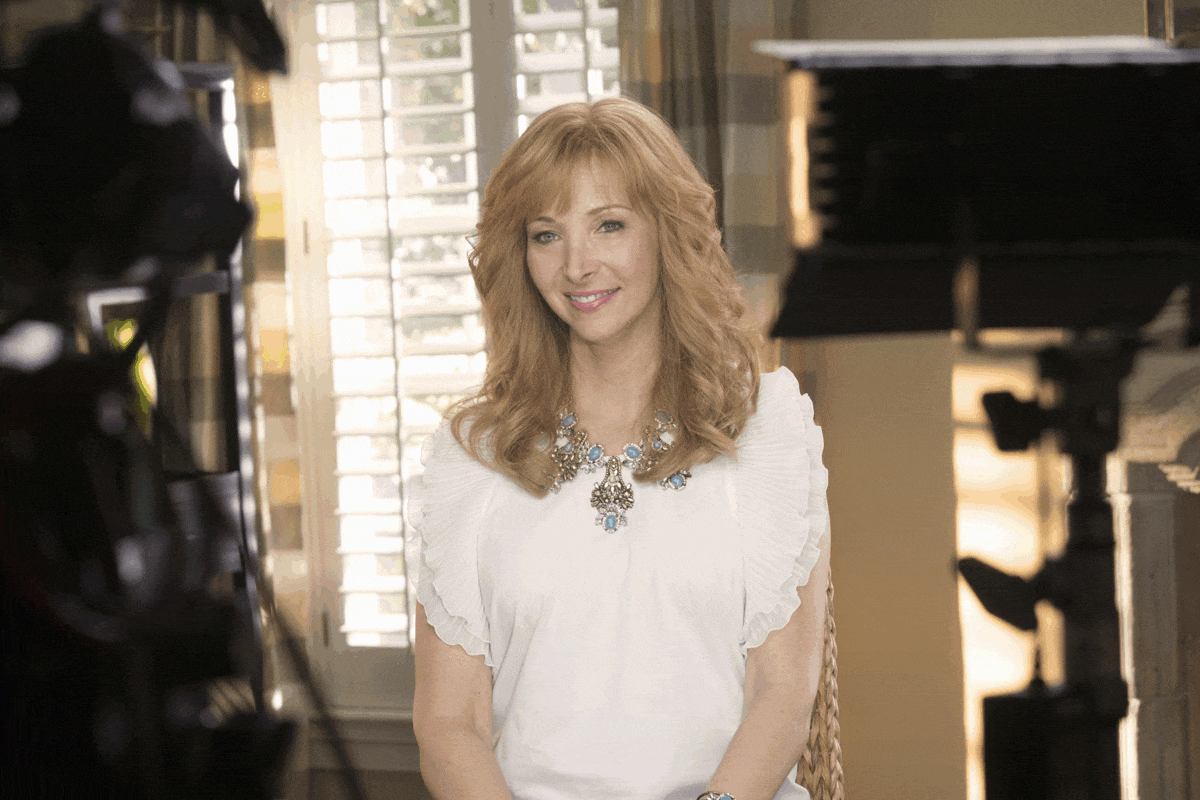THE RIGHT EQUATION FOR UPGRADING MATH SKILLS
- Share via
A music video about multiplying the number 9. A comedy sketch about how many different types of sandwiches could be made with various combinations of five ingredients. A commercial for erasers: “Don’t make a mistake without one.” A rap song about calculating how long it would have taken a wrongly accused thief to travel to the scene of the crime. A serial spoof about detectives who are mathematicians.
Add it all up and you’ve got “Square One TV,” a razzle-dazzle new series about math from Children’s Television Workshop, the producers of “Sesame Street,” “Electric Company” and “3-2-1 Contact.”
The $16-million series, aimed at children between 8 and 12, will air weekdays on the Public Broadcasting Service, beginning today--at 4 p.m. on Channels 50 and 24, at 4:30 p.m. on Channel 15 and at 5 p.m. on Channel 28.
“We’re not trying to teach specific math content,” stressed David Connell, an executive with Children’s Television Workshop since 1968 and executive producer of the new series. “The goal is to change kids’ attitudes about the subject and to motivate them to be more interested in it.”
The concept for “Square One TV” was born four years ago as the nation was beginning to be barraged with reports about how poorly U.S. students fared in math compared to their counterparts in other countries. Its subject matter ranges well beyond teaching multiplication and division to deal with concepts such as infinity, statistics, map-reading, estimating, graphing and probability--plus trying to show how these skills are used in everyday life.
As with “Sesame Street,” however, the serious intent is well disguised. Clearly produced with an MTV-addled generation in mind, it employs a rapid-fire pace, flashy video techniques and an energetic cast of seven in sketches and musical production numbers that take their cue from well-known TV genres--game shows, dance programs, music videos, commercials, newscasts.
The 75 half-hour episodes contain a total of 550 such segments, Connell says. Each also includes a 6- to 8-minute segment of “Mathnet,” a daily serial with a separate cast that parodies “Dragnet” and features a team of detectives solving problems by using their math skills.
“We can’t compete without some fairly dazzling production values,” explained Connell, a producer and writer for “Captain Kangaroo” before joining Children’s Television Workshop, where he helped get “Sesame Street” off the ground. “A kid coming home at 5 o’clock today has as many as 30 or 40 channels to choose from in cable areas.”
And “Square One TV” is designed for home viewing, he emphasized, as opposed to being used in the classroom, as the reading-oriented “Electric Company” frequently is.
“ ‘Electric Company,’ with its emphasis on drill and practice, is better suited for the classroom. This is more complex and abstract,” he said.
That doesn’t mean teachers can’t use it, however. Schools have been given taping rights, and Connell suggested that teachers will want to use various segments to introduce or enhance a math lesson in class. Teaching guides aren’t yet ready but will be available when “Square One TV” begins its first repeat cycle in the fall, he said.
The more immediate goal, though, is to make the students more receptive to the whole subject of math--especially women and minorities, who typically do more poorly and take fewer math classes than white males. Women and minorities are heavily represented in the cast of both the regular show and the serial, with the specific intent of serving as positive role models.
“We’re trying to say that it’s OK to think about math, that it’s OK to be good at it, that it’s accessible,” said Joel E. Schneider, a mathematician who served as director of content for “Square One TV.”
He believes that the program may pass on some of those feelings to adults, too. And Connell hopes it will show them that math is more than merely arithmetic.
Nevertheless, they acknowledged the difficulty of measuring how successfully the series meets its lofty goals. Too many factors influence a student’s attitude and performance to try to isolate one, Schneider said.
The best way to put it, he said, is that “we have the potential to be a good influence.”
How then to determine whether more episodes will be produced, as Connell would like? He said that they will rely partially on ratings, to tell them how many children the show is reaching, and partially on reaction from parents and teachers, to tell them whether the children are being affected.
Initial funding for the series came from a variety of sources: $5 million from the National Science Foundation, $3 million from the U.S. Department of Education, $3 million from the Corp. for Public Broadcasting, $2.5 million from IBM, $1.5 million from the Andrew W. Mellon Foundation and $1 million from the Carnegie Corp. of New York.
More to Read
The complete guide to home viewing
Get Screen Gab for everything about the TV shows and streaming movies everyone’s talking about.
You may occasionally receive promotional content from the Los Angeles Times.






